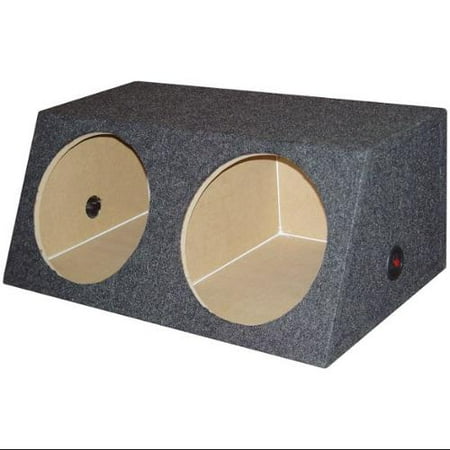I won't argue with that... But just because everyone else is willing to settle for less doesn't mean I have to... And having owned a 1962 Zenith tabletop bakelite radio, well, let's just say the bass tone in that old piece of crap SPANKED anything else out there, including Mom's $400 Bose Wave Radio.
Justin
Justin








Comment